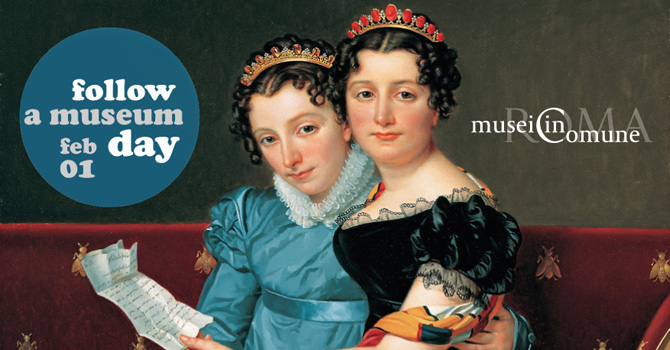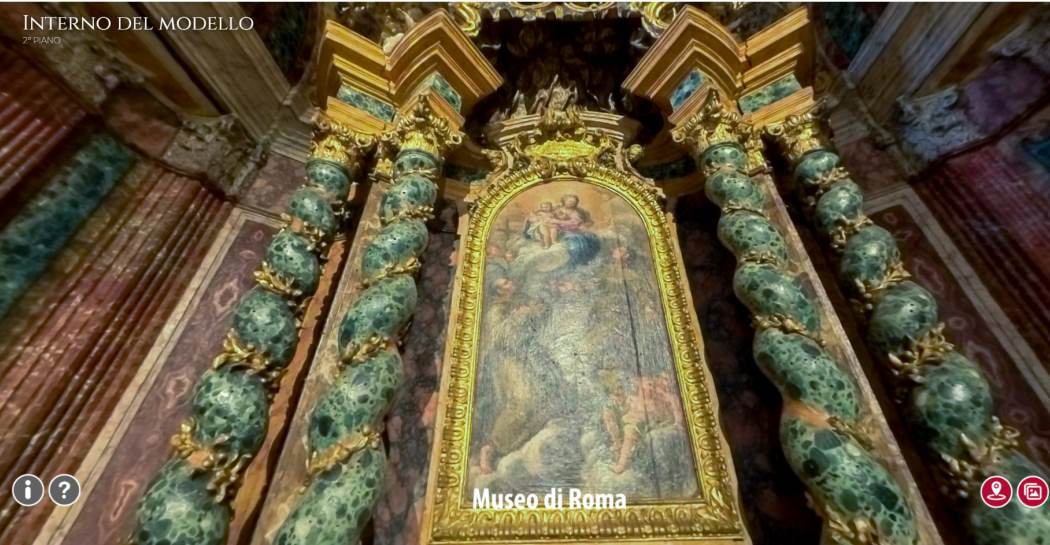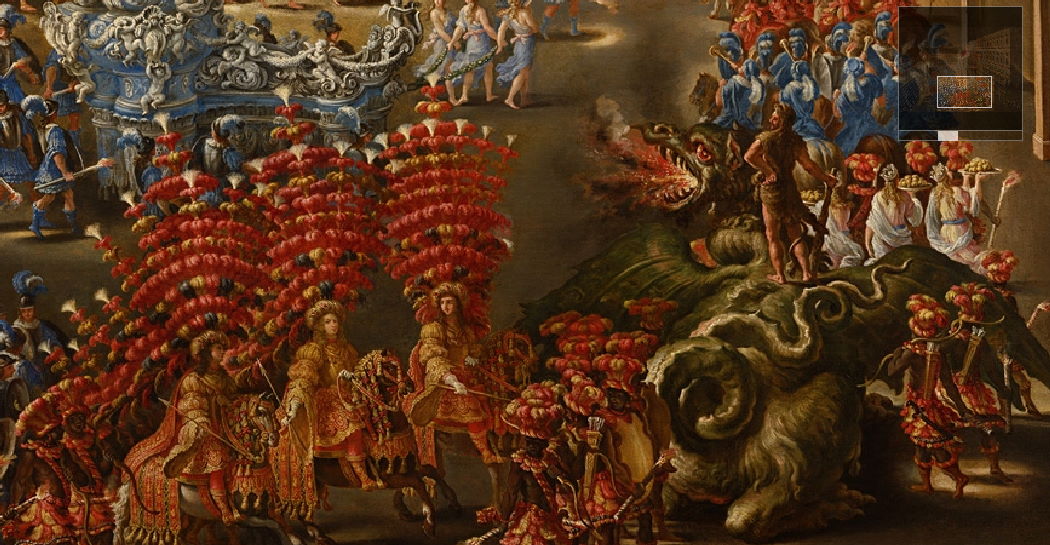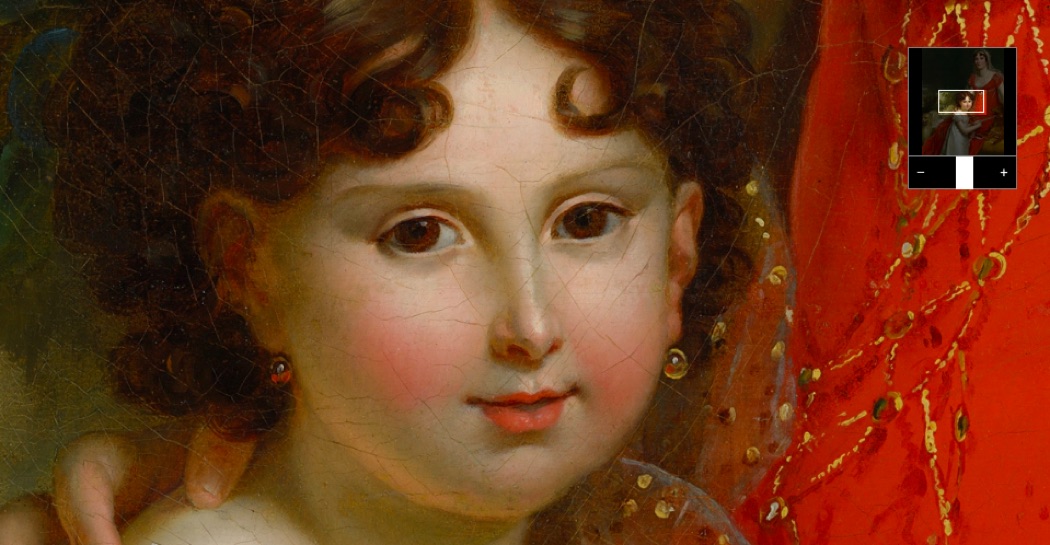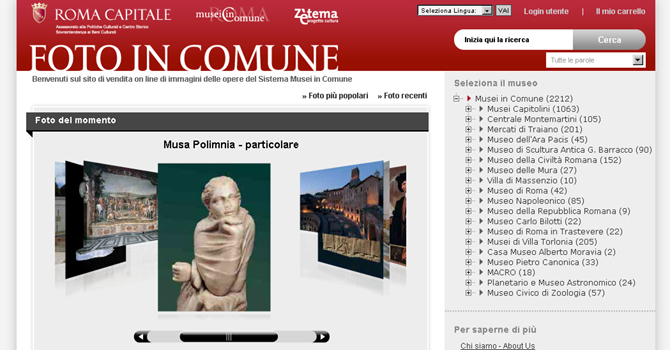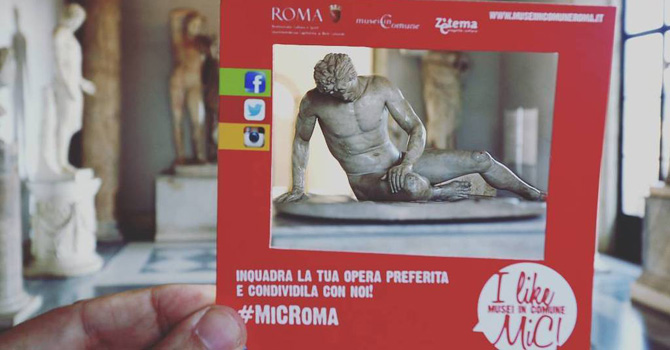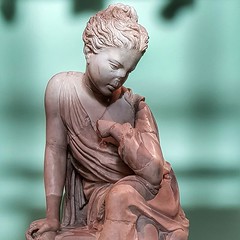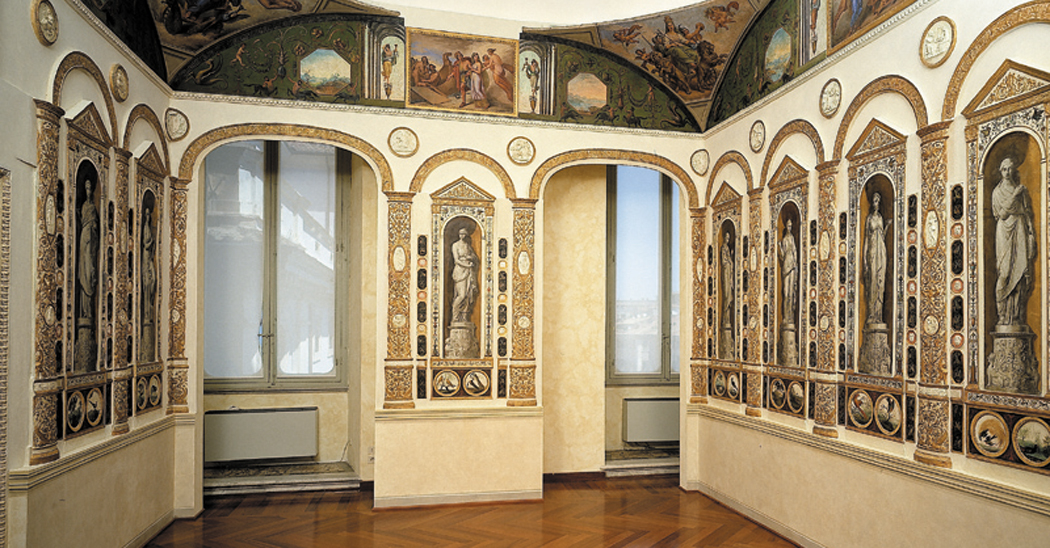Souvenirs of Rome
Rome, which was the destination of religious pilgrimages in the Middle Ages and of the artists' formative tour in the humanistic period, became the Grand Tour's highlight from the 1600s on, giving hospitality to colonies of foreign artists who were to be decisive for the development of the figurative arts. These artists and the variegated market they supplied thus left their mark on the way the portraying the city developed throughout the centuries. Once again through the production of northern artists such as Jan Franz Van Bloemen, called "the Horizon", landscape painting, influenced in the 1600s by the Carraccis and by Domenichino, Nicolas Poussin and Claude Lorrain, developed a new feeling towards nature, looking back on an uncontaminated world populated by mythological and historical figures, blended with classical ruins or imagined architectural backgrounds.Rome's countryside, with its territory rich in woods, tufa rocks and streams, hills and valleys, provided an archetype suited to this pictorial genre, whose success within Rome's cosmopolitan artistic and commercial world lasted for the whole of the 1700s: Andrea Locatelli's and Paolo Arnesi'sArcadian landscapes as well as the rococo whims of Giovan Paolo Panini and of the artists linked to the Académie Française were the consequent result. On the other hand, the demand for a new true-to-life representation introduced by Gaspar Van Wittel at the beginning of the century, develped towards the second half of the 1700s in the works of Swiss, English, French and German landscape painters such as Louis Ducros, Jacob More and Jacob Philipp Hackert.If true-to-life painting at the end of the 1700s was still influenced by the canons of 17th century classical landscapes, in which naturalism was softened and regulated by a harmonious rationalization of space, in the 1800s, on the contrary, the real image of the city and its surroundings came out definitively thanks to the still predominant contribution of northern artists such as Franz Knebel, John Newbott, Edward Lear, Arthur John Strutt, John Ruskin, the painters from Olevano and later thanks to the schools of Venice and of the Florentine impressionists, of which Ippolito Caffi gave an extraordinary example during his stay in Rome. Sight engraving, intended as a topographic, documentary reproduction of certain places of Rome accurately portraying even details, gained a footing during the 1600s and owed its success to the fact that the new image acquired by the city through Baroque architecture was firmly entrenched. Consequently, the engraving market throughout the 1600s no longer reproduced classical ruins only: on the contrary, it focused on the modern city. This happened also thanks to the work of talented engravers, who ensured success to this genre for centuries through their much sought-after works. The first of these engravers in the second half of the 17th century was Giovan Battista Falda, the author of New Theatre of the Workshops and Buildings in Modern Rome, a work in three volumes aimed at spreading the new image and the charming architecture of the city in the 17th century. At the Museum's Engraving Room the sight-engraving genre is well documented by the works of its major exponents, such as Falda himself and Alessandro Specchi, an architect and engraver who carried on Falda's work, or such as Giuseppe Vasi, who, in the middle of the 1700s, produced a ten-volume work entitled The Splendours of Ancient and Modern Rome a collection of images dedicated to the analytic portrayal of every aspect of the city, from the bridges over the Tiber to the squares and churches. In the 1700s, in fact, the typology of landscapes portrayed by sight engravers varied so much as to include both the ancient city and the modern one, while the perspective in the reproductions became less strict and the final effect more various thanks to the prevalence of picturesque chiaroscuro over linear style and essentiality, treading in the wake of the revolution brought about by Giovan Battista Piranesi.

































